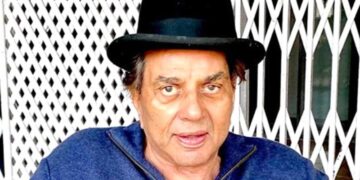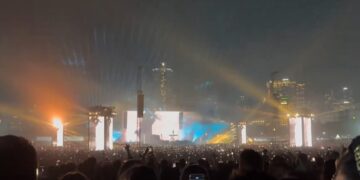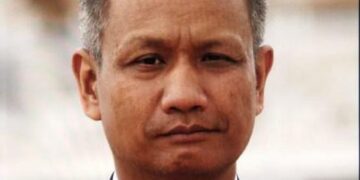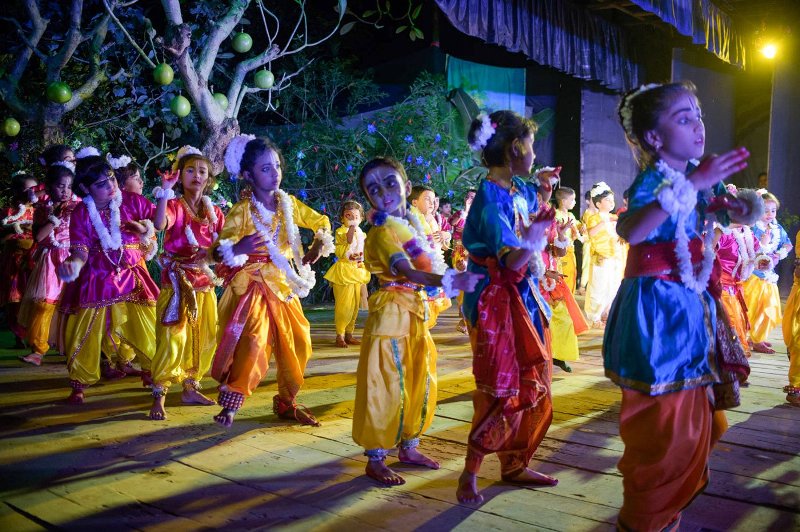Guwahati: Majuli, the world’s largest river island and a cultural hub of Assam, is gearing up for its annual Raas Mahotsav, a festival deeply rooted in the region’s Neo-Vaishnavism tradition.
Scheduled to take place from November 15 to 17 in Majuli, the festival celebrates the life of Lord Krishna through intricate dance, drama, and music.
This year, the Dakhinpat Satra, celebrating its 185th year of Raas, anticipates welcoming over 50,000 domestic and international tourists, setting a new record for the island. To ensure the smooth conduct of the festival, the local authorities have implemented heightened security measures.
Speaking to a news agency, Satradhikar of Dakhinpat Satra Nani Gopal Deba Goswami said, “As soon as we hear the word “Raas,” we automatically visualize Lord Krishna dancing with the Gopis. The Raas originated in Goloka and later came to Vrindavan. Later, through the play “Keli Gopal,” Mahapurush Srimanta Shankar Deva introduced the Raas into the Neo-Vaishnavite religion. Dakhinpat Satra’s 10th Satradhikar, Vasudev Prabhu, included a play depicting the life of Lord Krishna from his birth to the death of Arishtasura. This tradition has continued, and we have now reached 185 years.”
“It begins with Sri Krishna’s birth, then shows Krishna in Vrindavan, and finally depicts Krishna’s Leela with the Gopis, ending with the death of Arishtasura. The performance takes 10 hours to complete. Raas Puja is central to Dakhinpat Satra. We take Mahaprabhu out on a “Dola” and place him in an imaginary Vrindavan. The drama is performed the following night, accompanied by simultaneous rituals,” he said.
On the third day, Indra Abhishek is performed with dance, with performers characterized as apsaras. “The actors are from our Vaishnavite monasteries, and Vaishnavite monks also participate in the play. We conduct this Puja with the utmost purity and devotion, expecting more than 10,000 people to attend. Not a single word of our drama has changed; it is performed exactly as it was 185 years ago. However, there have been some exterior changes, such as electric lights now replacing menthol lamps,” he further added.
Masks play a vital role in the Raas performances, bringing mythological characters to life. Renowned mask artist Padmashree Hemachandra Goswami highlighted the significance of masks in portraying demons, animals, and other mythical beings. These intricate masks, crafted with meticulous detail, are a testament to the rich cultural heritage of Majuli.
The district administration is working tirelessly to accommodate the expected influx of tourists. Additional security forces have been deployed to ensure the safety and security of visitors and locals alike. The authorities are also focusing on improving infrastructure, particularly sanitation facilities, to provide a comfortable experience for all.
Deputy Commissioner, Majuli Ratul Chandra Pathak said, “We are making thorough preparations for the upcoming Raas Festival, which will take place on November 15th, 16th, and 17th. Every year, we welcome a large number of tourists, both foreign and domestic, and this year we expect around 50,000 visitors from outside. This time, Raas and Paal Nam will coincide, adding to the festival’s significance.”
ALSO READ: Assam: NGT team finds brick kilns within proposed ESZ of Pobitora Wildlife Sanctuary
A total of 65 Satras are preparing for Raas this year in Majuli.
As Majuli prepares to welcome thousands of devotees and tourists, the Raas Mahotsav promises to be a spectacular celebration of faith, culture, and tradition.















